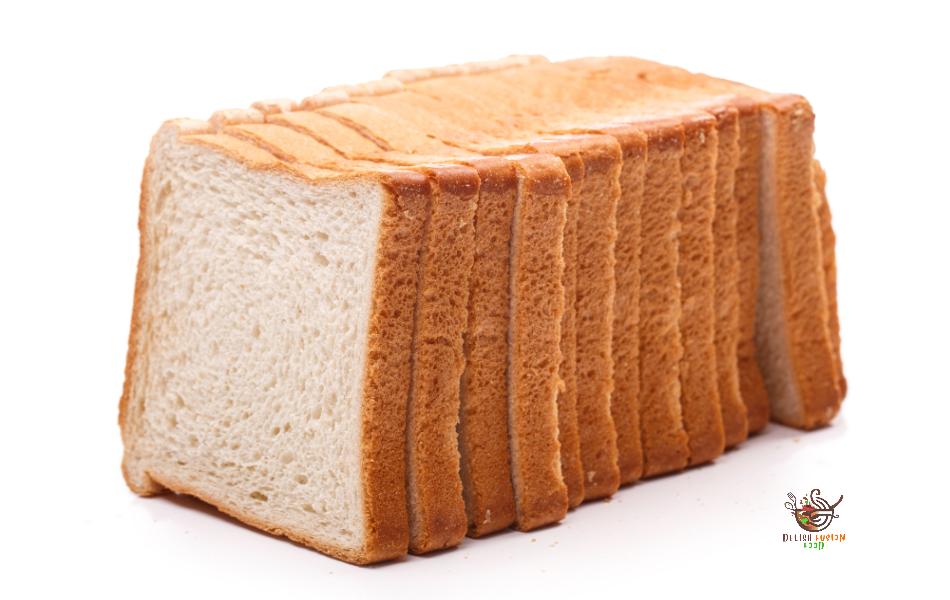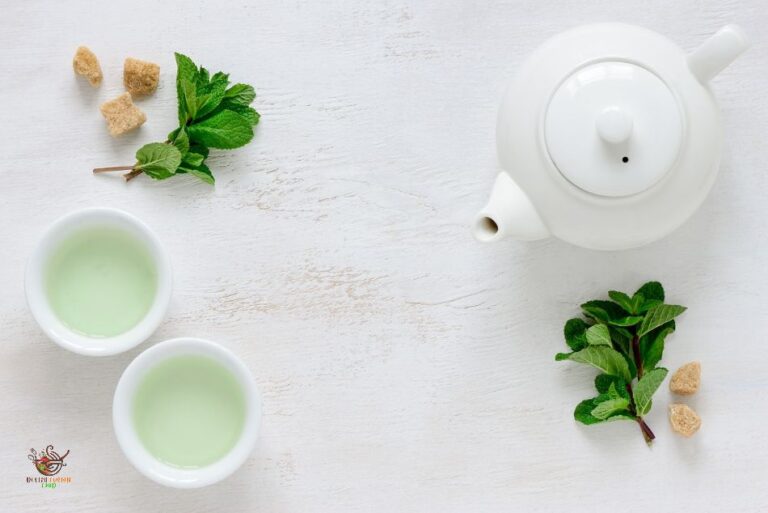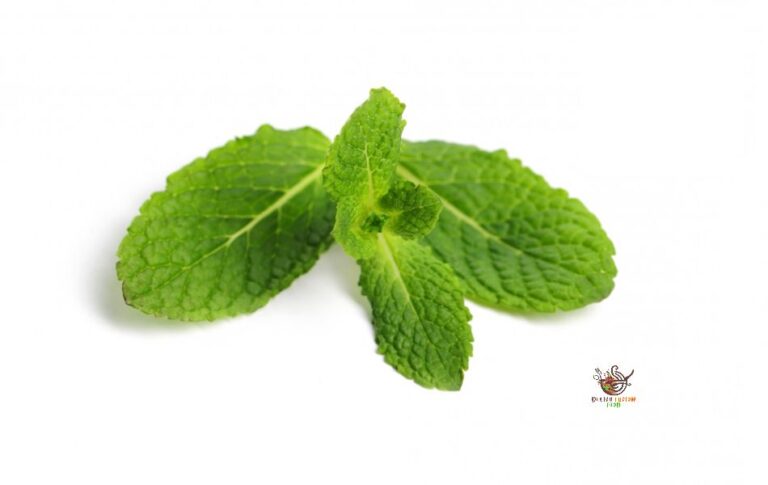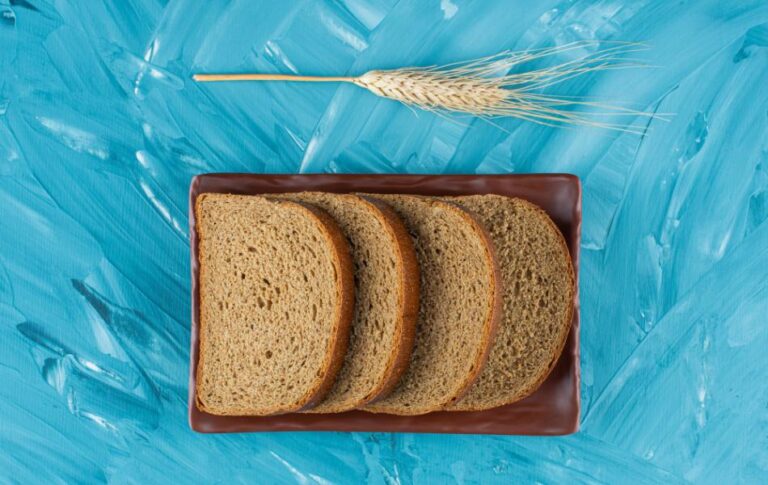Why is American Bread so Sweet? Examining Health Impacts
Isn’t bread one of the finest offerings in the world? Whether you enjoy spreading salted butter on freshly toasted slices, crafting sandwiches, or exploring premium gourmet options, you likely have your bread preferences. You might have noticed the distinct difference between typical American bread and its European counterpart, and it’s easy to identify the reason.
Due to its simplicity, deliciousness, and satisfying nature, various cultures throughout history have added twists to this essential food. However, in most cases, the expectation when consuming bread is that it will be a savory delight. This characteristic often prompts a common question from visitors: Why is American bread so sweet?
Evolution of Bread in America
The history of bread in the United States underwent a significant impact during the Great Depression. Traditionally valued as a reliable source of carbohydrates for sustained nourishment, bread took on a different role during the 1930s economic downturn. It transitioned from being a basic necessity to being seen as a dessert or a luxury item. During the Great Depression, struggling farmers sold extra wheat to get by. After the tough times passed, bread went from a necessity to a symbol of the American dream.
Following the transformation of white bread, World War II unfolded, resulting in the separation of millions of families. During the military conflict against the Axis powers, white bread changed. Its elevated sugar content made it well-suited for toasting and provided a sustainable food source for those relying on a military budget.
After the war, as people came back home, the way Americans ate changed. There was more experimentation and a rise in heavily processed foods. During this period, white bread reached the high sugar content we know today, transforming American bread forever.
Nutrition & Cooking
Unfortunately, new bread trends tricked many Americans into thinking it’s healthier than a Snickers. While it has some nutritional value, it surprisingly has more sugar per 100g than the Snickers.
A Snickers bar contains an average of 11.25g of sugar per 100g, not ideal but not excessively high. Surprisingly, white bread has about 13.06g for the same quantity, a noteworthy amount given its classification as a carb and not typically seen as a dessert item.
American bread often tastes sweeter than bread from other parts of the world. Choosing whole wheat and checking sugar content can help you manage your sugar intake better.
Why is American Bread so Sweet?
American bread stands out for its notable sweetness, a characteristic not as prominent in bread from other countries. Several factors contribute to the elevated sweetness found in American bread:
Use of High Fructose Corn Syrup (HFCS)
Bread manufacturers in the United States commonly use High Fructose Corn Syrup (HFCS) as a sweetening agent in various food products, including bread. This corn-based syrup, known for its cost-effectiveness compared to sugar, functions as a sweetener and preservative. Bread manufacturers often include HFCS to elevate the taste of their products, resulting in a sweeter loaf.
Catering to Sweet Tooth: Meeting Consumer Preferences
The well-documented American sweet tooth extends to their bread choices. Bread manufacturers respond to consumer tastes, incorporating more sugars into recipes to meet the demand for sweeter bread.
Longer Shelf Life: Preserving Freshness for an Extended Stay
In addition to sweetening the taste, sugars in bread also function as preservatives. The increased sugar content plays a role in extending the shelf life of bread, minimizing the need for frequent restocking.
Contrasting American and British Bread: Notable Differences
The loaf of bread you encounter in America is markedly different from its British counterpart. Exploring the bread aisle in an American grocery store would likely bewilder and perplex many British and European individuals.
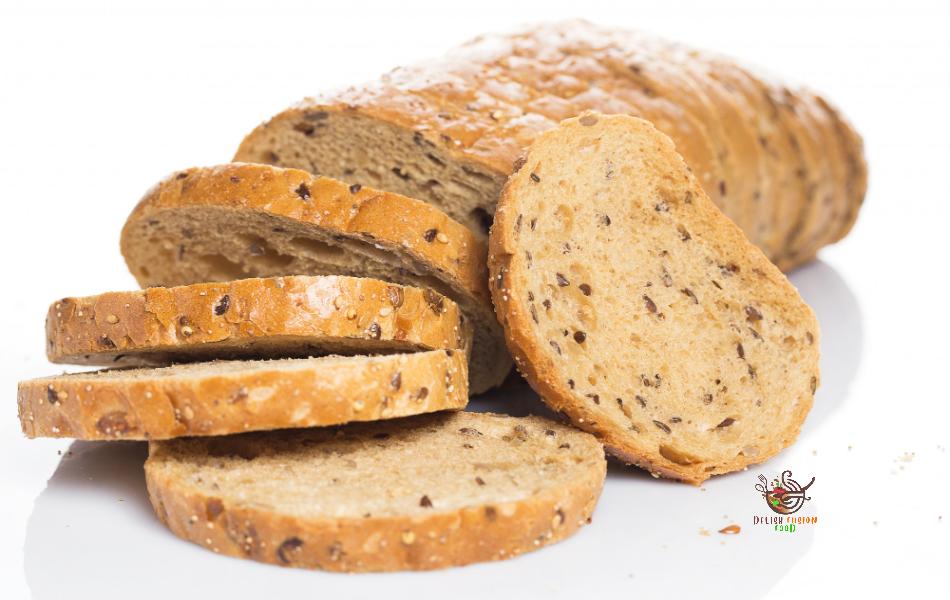
American Bread
American bread brands use a lot of high fructose corn syrup and chemicals, making the bread sweet and able to last a long time due to added preservatives. To non-Americans, the taste can be strange and unappealing.
Interestingly, this sweetness has sparked legal issues in parts of Europe. In Ireland, a court ruled that Subway bread is not legally considered bread due to its high added sugar content.
British and European Bread
With a few exceptions, bread in Europe and Britain is generally savory. In contrast to their American counterparts, regular white and whole wheat bread loaves in other countries typically contain little to no sugar.
Unlike in America, where finding sugar-free bread may require careful searching, in Britain and Europe, such options are standard, whether at the local bakery or the bakery section of a supermarket.
Differences in Ingredients: American Bread vs. British Bread
American Bread
- Flour: Uses refined wheat flour for a finer texture.
- Water: Essential for gluten development and bread structure.
- Yeast: Often includes active dry yeast or instant yeast for rising.
- Salt: Enhances flavor and regulates yeast activity.
- Sugar (HFCS): Adds sweetness and contributes to a soft texture.
- Oil/Shortening: Some recipes use these for tenderness and shelf life.
British Bread
- Flour: Utilizes various flours, including white and wholemeal (whole wheat).
- Water: Crucial for hydration and gluten development.
- Yeast: Often includes instant or fresh yeast for rising.
- Salt: Common ingredient for flavor enhancement and yeast regulation.
Why American Bread Raises Health Concerns?
American bread raises health concerns due to the prevalent use of additives that are often restricted or banned in numerous countries worldwide. These additives include:
Azodicarbonamide (whitener and dough conditioner)
This industrial chemical foaming agent, commonly utilized in the production of flip flops, yoga mats, and foam insulation, has been associated with health risks such as asthma and cancer. This agent is banned in the EU, Australia, and several other countries due to these concerns.
Potassium Bromate and Potassium Iodate (rising agents)
Associated with cancers in the thyroid, peritoneum, kidneys, and other organs. Prohibited in the EU, Canada, China, India, Brazil, and various other countries, with bans in place for over a decade in many of them. In California, products containing this substance must carry a warning label.
BHA & BHT (preservatives)
Can cause tumors in animals and is linked to problems with hormones and the thyroid.
These additives, known for health risks, lead to the belief that American bread might be less healthy than bread from countries with stricter regulations on food additives.
See Also – Is Ciabatta Bread Healthy? The Pros and Cons Unveiled
Conclusion
American bread isn’t just sweet by accident; it’s influenced by what people like, the ingredients used, and how long it stays fresh. Some folks enjoy the sweet flavor, while others want healthier options.
The good news is that American bread is changing. Now, there are more choices for those who like their bread less sweet and more like the traditional kind. So, whether you love the sweetness or not, knowing why it’s there can help you pick the right bread for your everyday meals.
FAQs
Is American Bread Truly Different?
Recent research shows the average American consumes around 40 slices of bread yearly. Over the years, there’s been a move from white flour to whole grain, driven by an understanding that white flour’s refined carbohydrates can lead to diabetes and weight gain. Americans now opt for enriched flours with fiber, iron, or vitamins, while Europeans lean towards whole-grain wheat.
Why Does American Bread Have a Long Shelf Life?
Ever wondered why American bread stays fresh longer? It’s not just the yeast. The ingredients matter—bread made with only wheat, salt, and water lasts longer than those with added sugar, shortening, or eggs. Check the ingredients list for insights into the dough’s origin.
Does Every American Bread Contain Sugar?
While sugar is a typical ingredient, not all types of American bread include it. Whole wheat and artisanal breads may have less or no sugar. To find bread that fits your taste, carefully read the labels.
What Makes Sourdough Bread the Best in America?
When it comes to American bread, many believe that sourdough takes the top spot. The intricate and lengthy process that gives this bread its unique sweetness has been perfected over centuries, making it a staple in cuisines worldwide. The only drawback is that, often, it’s exclusively available in New York City.

